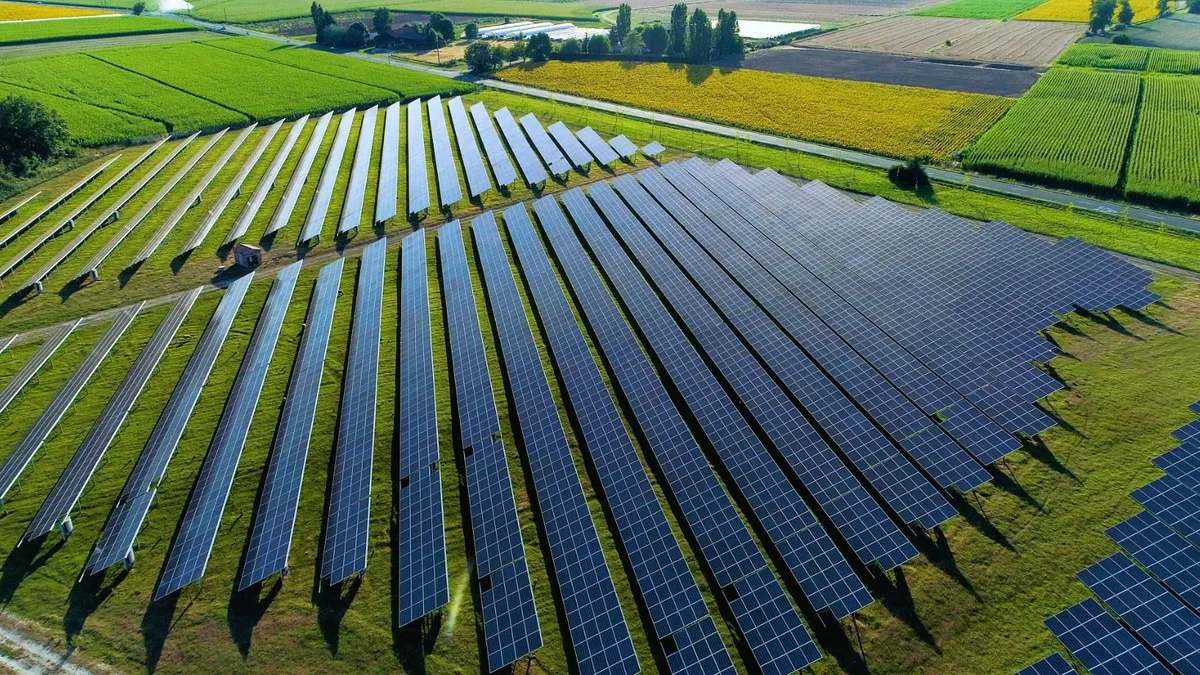Dive Brief:
-
The U.S is now on track to source 62% of its electricity from carbon-free sources by 2040 thanks to recent state policy developments and the rising cost of fossil fuels, especially natural gas, according to a second-quarter briefing by S&P Global Commodity Insights.
-
Although coal will see some short-term gains as a result of rising gas prices, wind will come to dominate new generation additions by 2030, S&P Global Commodity Insights analysts said Thursday.
-
Battery storage, while growing, has not yet reached “liftoff,” according to Steve Piper, director of energy research for S&P Global Market Intelligence. However, Piper said it remains to be seen which emerging generation resources will most benefit from the newly passed Inflation Reduction Act.
Dive Insight:
The Inflation Reduction Act may have enormous potential to boost clean energy deployment, but the U.S. was already on track to greatly accelerate its energy transition, analysts with S&P Global Commodity Insights said.
Analysts who spoke at Thursday’s webinar said the company now projects that the U.S. will source 45% of its electricity from zero-carbon sources by 2023, and 62% by 2040. At this point in 2021, Piper said, those same projections had the U.S. hitting 46% zero-carbon in 2040.
“And there are a lot of reasons, which we will go into, why these numbers could turn out to be conservative,” Piper said.
Piper said the new trajectory, which does not take the newly passed Inflation Reduction Act into account, was primarily the effect of two factors: increasingly ambitious state-level clean energy targets, and rising natural gas prices, with each representing about 50% of the increased demand for clean energy.
But wind and solar aren’t the only resources benefiting from the increased cost of natural gas — coal, Piper said, is also set to make a small comeback, at least in the short term.
“That will keep coal plants whole in the near-term, but over the long-term [coal generation] declines as the next round of retirements kick in,” Piper said. “We see the expansion of green energy basically displace coal and natural gas...by 2030.”
Battery storage is also growing, Piper said, but not at the same rate as wind and solar. S&P Global Commodity Insights projects the U.S. will deploy an additional 33 GW in battery storage by 2040. Although 38 GW in storage projects have been announced, Katherine Nelson, a senior energy research analyst with S&P Global Commodity Insights, said she did not expect that every project currently in queues will come to fruition
However, the Inflation Reduction Act, which creates an investment tax credit for stand-alone energy storage projects, could change this, Nelson said. And it seems likely to further accelerate the deployment of all forms of green energy, Piper said, on account of provisions that stabilize existing wind and solar tax credits until the U.S. achieves a 75% reduction in carbon emissions.
New tax credits for carbon capture, green hydrogen, geothermal power and nuclear could also spur activity in these sectors, Piper said, although he said it will take some time to gauge exactly what kind of impacts these other resources will have on the deployment of clean energy.













